Troubleshooting Washing Machine Issues
When your washing machine suddenly stops working midway through a cycle, it can be frustrating and inconvenient. To resolve such issues, it’s essential to troubleshoot common problems and understand the various appliance cycles that your washing machine undergoes during its operation.
Identifying Common Problems
Issues that can cause a washing machine to stop working mid-cycle range from simple fixes to more complex issues. Some common culprits include an incoming power problem, a damaged power cord, a malfunctioning door lid switch or lock, a defective user control board or timer, a broken drive belt, or a faulty or obstructed drain pump.
In situations where the machine is not draining properly, it’s advisable to check the coin trap, if available, to ensure that foreign objects are not obstructing the drain. Cleaning out the coin trap can often resolve drainage issues caused by blockages.
Understanding Appliance Cycles
To effectively troubleshoot washing machine issues, it’s crucial to understand the various cycles your appliance goes through when cleaning your clothes. These cycles typically include:
- Fill Cycle: The washing machine fills with water according to the selected load size and water temperature.
- Dispensing Cycle: Detergent, softener, and bleach are dispensed into the drum at the appropriate time.
- Wash/Agitation Cycle: The wash cycle agitates clothes to remove dirt and stains effectively.
- Drain Cycle: The machine drains the soapy water after washing.
- Rinse Cycle: Fresh water is added to rinse the clothes and remove detergent.
- Spin Cycle: The machine spins rapidly to extract excess water from the clothes before the cycle completes.
Understanding these cycles can help you pinpoint where a potential issue might be occurring. For instance, if your washing machine is failing to drain during the drain cycle, it could indicate problems with components like the water pump, drive belt, or an obstructed drain hose (AHS).
By familiarizing yourself with common washing machine problems and the appliance cycles that dictate its operations, you’ll be better equipped to diagnose and address issues that arise during the washing process. Implementing practical troubleshooting steps can often help you fix your washing machine without the need for professional assistance, saving you time and money in the process.
DIY Washing Machine Repairs
When you encounter issues with your washing machine, being able to perform DIY washing machine repairs can save you time and money. Here are two common problems you may face and how to address them effectively.
Addressing Water Drainage Issues
If your washing machine is not draining properly, it can disrupt your laundry routine. One of the common reasons for poor drainage is an overloaded detergent dispenser leading to the buildup of deposits that restrict water flow through the system. To resolve this issue, consider cleaning the detergent dispenser and ensuring you’re using the correct amount of detergent each cycle.
If cleaning the dispenser doesn’t solve the problem, you may need to inspect other components. If troubleshooting tips do not resolve the drainage issue, it might indicate problems with components like the water pump or drive belt, which could demand professional repair or replacement to fix.
Fixing Leaks and Seals
A leaking washing machine can be a hassle, but with some know-how, you can tackle this issue. Common places for leaks include hoses, pumps, and the tub of the machine. To address a leak, you should first locate the source, which might involve unscrewing water supply hoses and carefully examining the internals of the machine.
Once you’ve identified where the leak is coming from, you may need to remove old hoses or parts that are causing the issue. If the leak is due to a faulty pump, you might need to replace it. For belt-drive and direct-drive machines, repairs are similar, but direct-drive units are generally easier to work with.
In case your washing machine still won’t drain after checking the above steps, inspect the washing machine lid switch. Depress it by hand to test if it’s functioning correctly. A broken switch will require replacement to ensure proper drainage (AHS).
By following these steps and understanding how to tackle water drainage issues and leaks, you can address common washing machine problems and potentially avoid the need for professional assistance. Remember to refer to reputable sources for washing machine repair parts and washing machine repair tools if you need to replace any components during the repair process.

